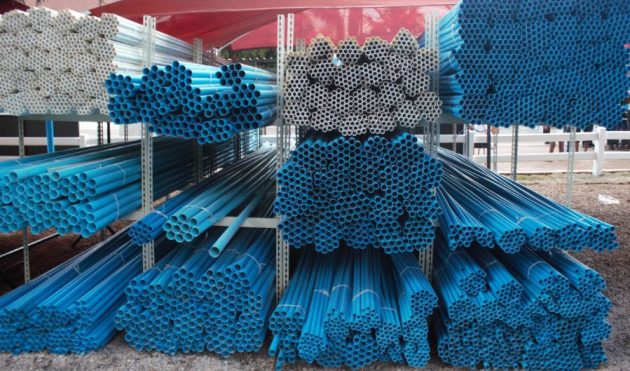A Balancing Act: Padenga’s gold rush and crocodile quandary
Padenga Holdings, once renowned exclusively for its high-quality crocodile skins, has successfully diversified into gold production, transforming its financial landscape.
However, while the mining operations have propelled the company to unprecedented heights, the agribusiness, though still profitable, has seen a decline in revenue and profit margins.
In the six months to June 2024, EBITDA amounted to just of US$0,67 million while profit before tax dropped to
US$0,22 million down from US$2,79 million recorded
same period last year.
This is after the Padenga Agribusiness contributed just 12 percent or US$11,9 million to total group revenue of US$99,24 million reflecting very thin margins when compared to prior years.
The company’s gold mining subsidiary, Dallaglio, has been a driving force behind Padenga’s recent success. With a 25 percent increase in gold production and soaring gold prices, Dallaglio’s revenue has surged by 40 percent in the first half of 2024. This growth has translated into a substantial 159 percent increase in profit before taxation.
However, the agribusiness has faced challenges. Despite a slight increase in revenue due to higher prices per skin, a 20 percent decrease in skin harvest volumes and a 22 percent decline in skin sales have weighed on the division’s performance. While the company has implemented cost-cutting measures to mitigate the impact of inflation, the overall profitability of the agribusiness has been affected.
Analysts have raised questions about the future of the agribusiness, particularly given its diminishing contribution to the group’s overall revenue. Silvester Mupanduki, a financial analyst, believes that while the agribusiness is still a profitable venture, it’s important to consider its long-term strategic value.
Mupanduki points out that the agribusiness has historically been a significant contributor to Padenga’s profitability. Prior to the company’s foray into gold mining, the crocodile operations boasted impressive profit margins and returns on investment. However, with the increasing dominance of the gold business, the relative profitability of the agribusiness has declined.
While the gold business offers significant growth potential, Mupanduki argues that it’s essential for Padenga to maintain a balanced approach. The company’s diversification strategy has paid off, but it’s crucial to avoid neglecting the agribusiness, especially considering its unique value proposition and potential for future growth.
The agribusiness offers a diversified revenue stream, mitigating the risks associated with relying solely on the gold market. Additionally, the crocodile skin market, though subject to fluctuations, remains a lucrative niche with a growing demand for high-quality products.
Padenga’s challenge lies in determining the optimal allocation of resources between its two core businesses. While the gold business offers significant growth potential, the agribusiness continues to contribute meaningfully to the company’s overall profitability. A strategic approach that balances investment in both areas is likely to be the most sustainable path forward.
Walter Mandeya, an analyst with Trigrams Investments said as Padenga navigates this strategic crossroads, the company’s decision-makers must carefully consider the long-term implications of their choices.
He said maintaining a strong agribusiness can provide a valuable foundation for future growth, even as the company continues to capitalise on the opportunities presented by the gold mining sector.
He however said while Padenga’s pivot into gold mining has been a strategic success, the agribusiness division has faced challenges in maintaining its profitability.
“Given the decline in revenue and profit margins, I believe it’s imperative for the company to implement a comprehensive cost rationalisation strategy.
“By carefully reviewing and optimising operational expenses, Padenga can improve the agribusiness’s competitiveness and enhance its long-term viability,” said Mandeya.
He said one way of streamlining operations is through “identifying and eliminating redundant processes or activities”.
“The other way would be to leverage technology to improve efficiency and reduce costs in areas such as production, marketing, and logistics.”-ebsinsessweekl










